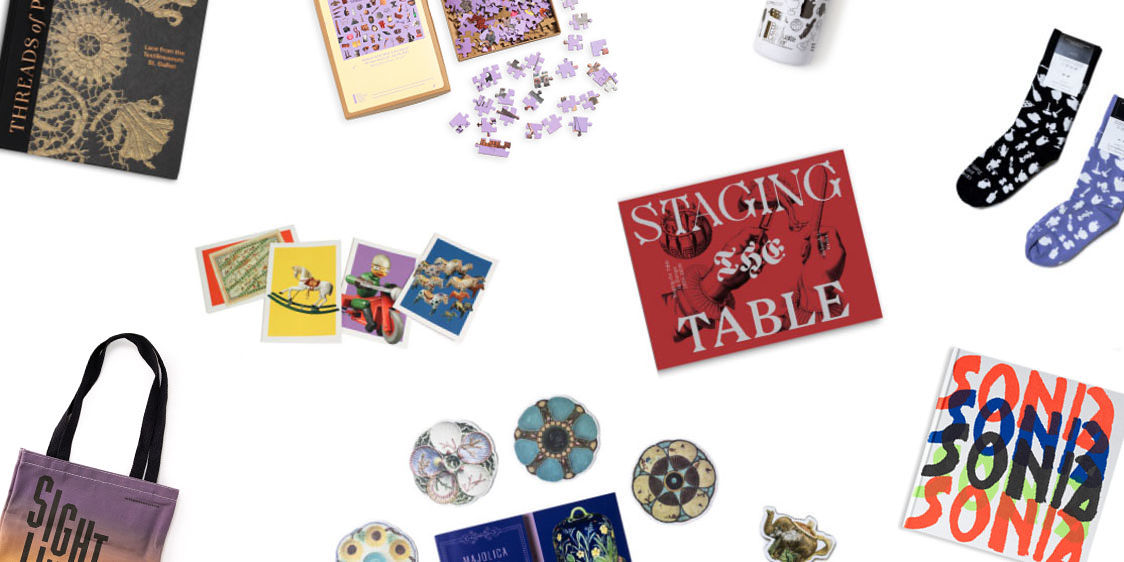Bard Graduate Center’s Lab for Teen Thinkers, which launched in the summer of 2017, is a public humanities program that prepares rising juniors and seniors for future academic and professional success through civic development, mentoring, and internship opportunities. During the five-week summer course, participants have access to the BGC study collection and its library with over 55,000 volumes. Offering a behind-the-scenes look at how New York City museums function, the program gives teens the unique opportunity to study objects and artifacts with a variety of scholars, curators, and graduate students working in the fields of material culture, decorative arts, and design history. The teens’ research culminates with an object biography, oral presentations, and dynamic digital projects created in the Media Lab, that are shared with the BGC community—we believe knowledge and understanding are enhanced when we actively exchange insights and share ideas.
In the summer of 2018, Teen Thinkers conducted independent research projects on the theme, Votive Objects and the Everyday. Their research was informed by the exhibition Agents of Faith: Votive Objects in Time and Place, which explored the things that humans choose to offer in their votive transactions.
We talked with two of of this year’s participants, Alex Szyperek, a junior at Bard High School Early College Queens and Sergio Maldonado, a senior at DreamYard Preparatory High School, who offered their thoughts on the program.
Having
completed the program, what areas of interest do you now have?
Alex: I am now heavily invested and interested in the study of museums,
material culture, wearable fashion, and curatorial work.
Sergio: I now have an interest in
fashion. Our visit to the conservation lab at The Fashion Institute was
fascinating to me, and the way clothing was displayed in the Heavenly Bodies
exhibit stood out. The workshop we did with Hellyn Teng [BGC’s website
manager who is also a fashion tech designer] on Wearable Media also inspired
me to learn more about fashion.
How
did attending this program affect how you view museums and material culture?
Alex: In a way it changed my entire perspective of museums. When I walk into
a museum, I try to envision myself as a curator and try to dissect the layout
of the exhibit. I also learned to enter a museum and become a critic, as I try
to find the deeper meaning. As for material culture, I cannot help myself, I
now question everything I come in contact with. The program has helped me
see the power of objects.
Sergio: My view on museums has
changed greatly. Now, whenever I visit any museum, I must keep in mind the
relationship between the exhibition and its audience; the design of the space—pay close attention to details and try to identify what the artist is trying to
convey through their work.
Briefly describe your final project.
Alex: For our final project, we
had to choose an object that has some meaning to us, and write a paper on it,
create an oral history, and a presentation. I chose my great-great-
grandmother’s rosary because it felt powerful and mysterious. I interviewed my
mother and my grandmother to learn about the rosary. I learned that it was used
in World War II, and was supposed to be passed down to every generation, but
was slowly forgotten.
Sergio: My project focused on a votive object, a wooden figure representing a senior citizen who performed in a traditional Mexican celebration called “La Danzas De Los Viejitos,” a dance that is important in the indigenous culture of the Purépechas.
What career path(s) do you want to take?
Alex: I had wanted to become a pharmaceutical chemist. I also wanted to work
with art, more specifically cinematography. However, after completing this
program, I am starting to consider a career in curatorial work.
Sergio: I would like to become an
artist, or a fashion designer focusing on styles for both women and men.
Do you think objects are powerful? Where
does their power come from?
Alex: Objects are only as
powerful as the people that give them power. The difference between my
rosary and a set of beads connected by a chain is that my great- great-grandmother
gave the rosary the power to represent protection. Objects are powerful because
of how long they last, and the history they hold.
What challenges do you see museums
facing today? And what types of solutions would you put into action?
Alex: The main challenge to all museums is that many curators don’t
understand the full meaning and cultural significance of the objects they
display. To solve this, museums need to collaborate with different communities
and people to make sure each object is displayed respectfully.














